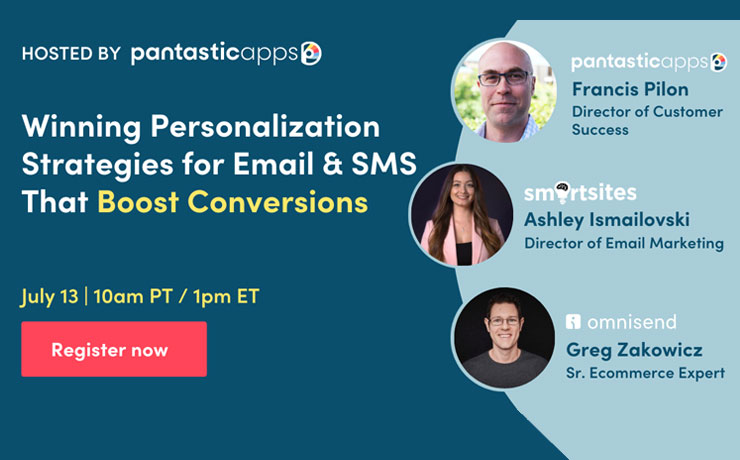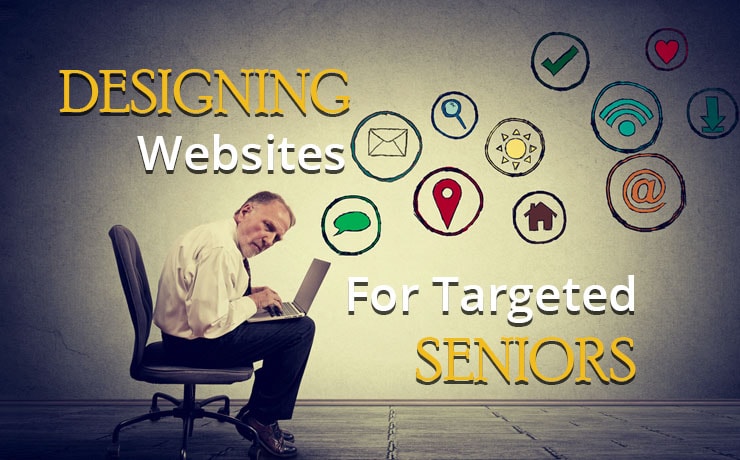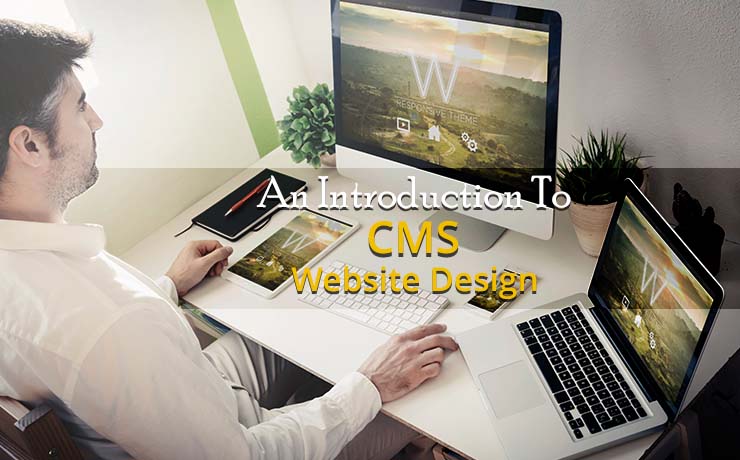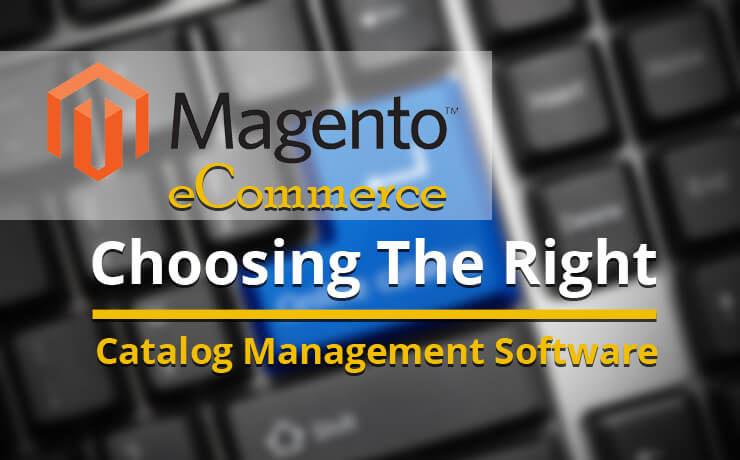Pantastic Webinar Recap: Winning Personalization Strategies For Email & SMS That Boost Conversions

SmartSites

The landscape of ecommerce is constantly evolving, and brands that are not quick to adapt often find themselves losing ground. This was one of the crucial takeaways from the Pantastic Webinar held on July 13th, which also featured experts from Omnisend and Ashley Ismailovski from SmartSites. She delivered a presentation, which focused on the pivotal role of personalization in email and SMS marketing strategies.
The High Stakes of Personalization
In the words of Ashley Ismailovski, “When we talk about the importance and relevance of delivering a personalized customer experience through email & SMS, it’s important to understand what is at stake here.” The stakes are high for both brands and consumers. While changes in Google policy herald a “cookieless” future, brands must pivot towards first- and zero-party data strategies. As for consumers, a staggering 91% have come to expect personalized experiences. Fail to deliver, and you risk losing customer loyalty.
“Over-personalizing and creating narrow segments make it challenging to generate value for your brand.” – Ashley Ismailovski
Investing in Email & SMS Personalization
Email and SMS marketing aren’t just the most direct channels to reach your customers; they also offer some of the richest first- and zero-party data. Unlike third-party data, which is subject to policy changes and data protection laws, first- and zero-party data comes directly from your interactions with the customer. This allows you to send more targeted, relevant messages at the right time, thereby increasing engagement and conversion rates.
Why Segmentation is the Cornerstone of Personalization
Segmentation is vital in creating customized experiences for your audience. Segments are essentially groups of customers with similar characteristics or behaviors. These could range from demographics to purchase history and even the frequency of engagement with your brand. As Ashley’s case study highlighted, effective segmentation led to a 42% increase in revenue from email marketing, a 34% increase in click rates, and a 28% increase in open rates for a supplements brand.
When segmenting, Ashley recommends focusing on attributes like purchase history, email engagement, cart abandonment, and demographic information. Additionally, predictive analytics can help you understand customer behavior, allowing for even more personalized messaging.
The Power of Personalized Recommendations
It’s not just about personalized messages; it’s also about personalized product recommendations. For brands, this means dynamic cross-sell and upsell opportunities, increased Average Order Value (AOV), Conversion Rate (CR), and Customer Lifetime Value (CLV). For the customer, it equates to a more personalized shopping experience, greater product discoverability, and added value.
Three Key Takeaways
- Mirror Customer Lifecycle: Create segments that accurately reflect where your customers are in the buying journey.
- Leverage Customer Data: Your customer data is your brand’s most valuable asset. Use it to tailor more personalized experiences.
- Consistency Across Channels: Whether it’s a transactional email or a marketing message, maintain the same level of personalization to create a cohesive brand experience.
The Pantastic Webinar left no stone unturned in highlighting the importance of personalization in today’s ecommerce landscape. Brands that implement these strategies are better positioned to navigate the changing tides and come out on top.
The full recap can be watched here: Winning Personalization Strategies For Email & SMS That Boost Conversions









